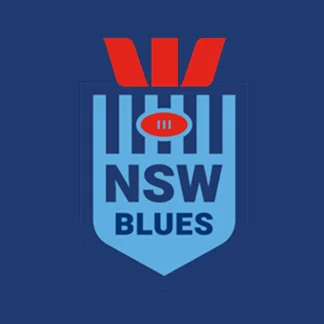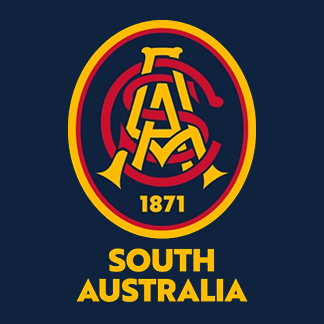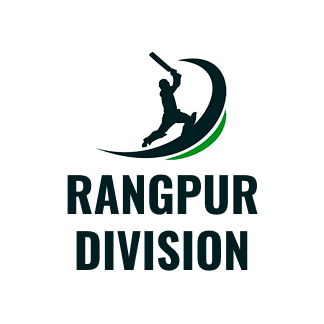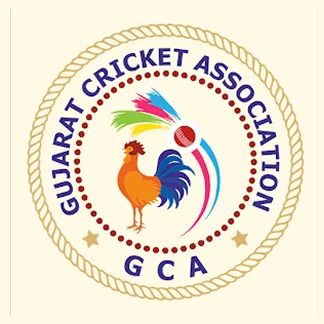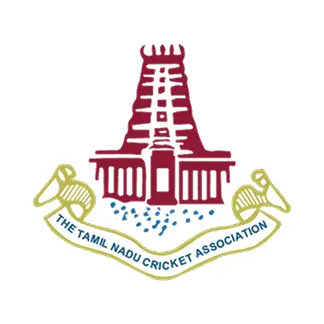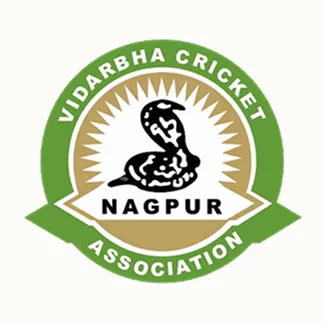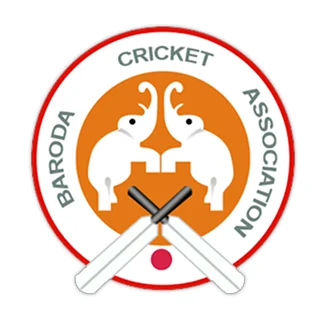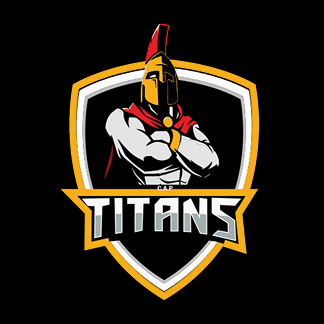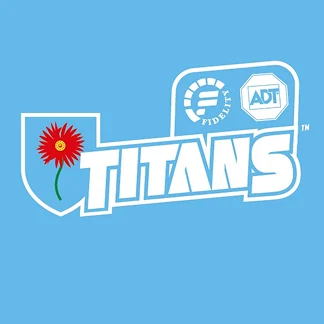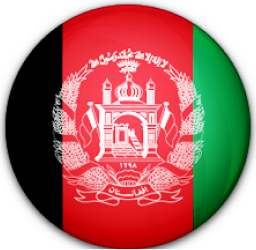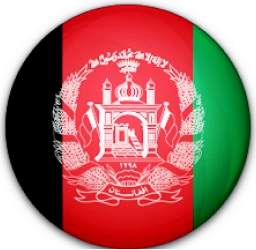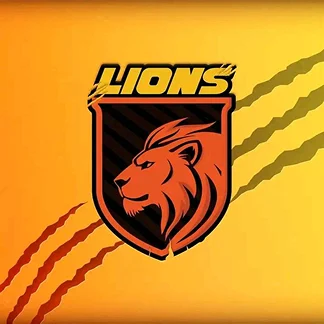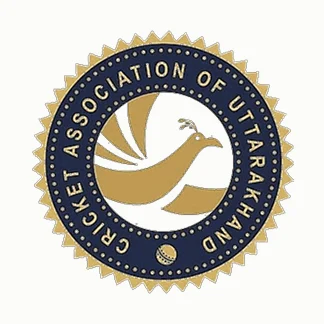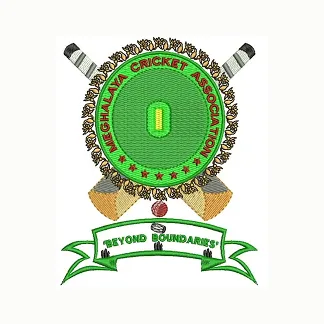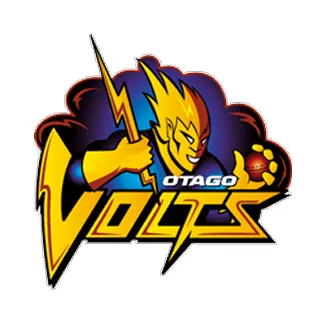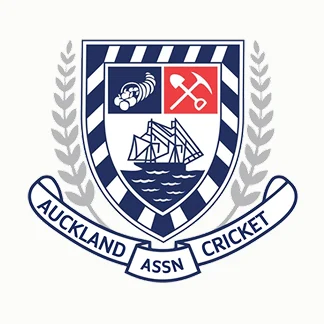Have you ever had the feeling that some IPL teams just can’t stop going through the same cycle of rebuild? One season, a player seems like the centerpiece. The next season, he is riding the bench for a different franchise. If you have picked up on this with IPL teams such as Delhi Capitals and Punjab Kings, you are not alone. There are signs, and it isn’t just about form or tactics. The news is that the boardroom might play a larger role in what happens within the dugout than we thought.
A Revolving Door of Talent
Delhi and Punjab have long been two of the most unstable franchises in terms of minimizing or retaining players. First, think about all the players that have left: David Warner, KL Rahul, R Ashwin, Shikhar Dhawan (DC to PBKS), and even Marcus Stoinis — all released or let go after relatively good years. Why is this happening so often?
In contrast to teams such as the Chennai Super Kings or Mumbai Indians, who have built up a core through tough times, teams with multiple owners tend to want to reboot more frequently. Why? Multiple owners also tend to mean multiple voices, each owner with his/her view, pressure, or lack of patience. This means it is harder for teams to build with a longer-term view. It takes the focus away from short-term results and the shiny objects that sometimes appear on the IPL landscape.
No Identity = No Stability
Successful teams have strong identities when it comes to their gameplay and their way of planning. These aren’t just catchphrases; they are the actual philosophies around which the teams were created. You can plug players into these structures, and the identity remains intact.
On the flip side, teams such as Punjab and Delhi have done a musical chair with their captains, coaches, and strategies. For example, the Delhi Capitals are more of a rebrand, re-shuffle, and reboot more than once in the last decade. Yet, this is not solely due to a lack of talent. This is a lack of trust. If a team does not believe in a long-term vision, and put the time into developing that vision, and remain loyal to that vision, you cannot succeed, no matter how talented your players are!
The scattergun approach doesn’t very well affect performance, either; it affects the vibe. It might be naïve, but if you walked into the changing room and didn’t know if you’d be there this time next season, that doesn’t shout championship material.
The Ownership Factor Nobody Talks About
Now we get to a wonderful part – ownership structure is essential. Franchises that are single and stable in ownership (for example, the Sunrisers Hyderabad before 2022, or the Rajasthan Royals the last couple of years) will have a better set, unified direction. It is easier to execute decisions, and there is a greater level of trust given to certain players or an overall long-term plan.
Franchises with half and half owners The DC’s are GMR Group and JSW Sports where both companies work the Franchise as a whole or operating and business people operating the Franchise The Punjab Kings where a few different billionaires from all over the country, might work, but again, likely contingent on everyone agreeing which is something that hardly ever happens through a sports franchise, to be frank. Just like too many chefs in the kitchen ruin a meal, too many chefs in the IPL ruin your team.
The next time your favorite team does a complete overhaul of their squad, ask yourself – is this cricket, or is it boardroom chaos on the field?
What do you think? Should the IPL force more retention and stability, or is the madness the beauty of it all? Let’s talk below!
For more, visit JeetBuzz News to read our quality Cricket Blog updates. Explore if you want to reminisce and enjoy all of your favourite cricket players and nostalgic match moments. To ensure that you never miss out, keep updated and join in the fun!
